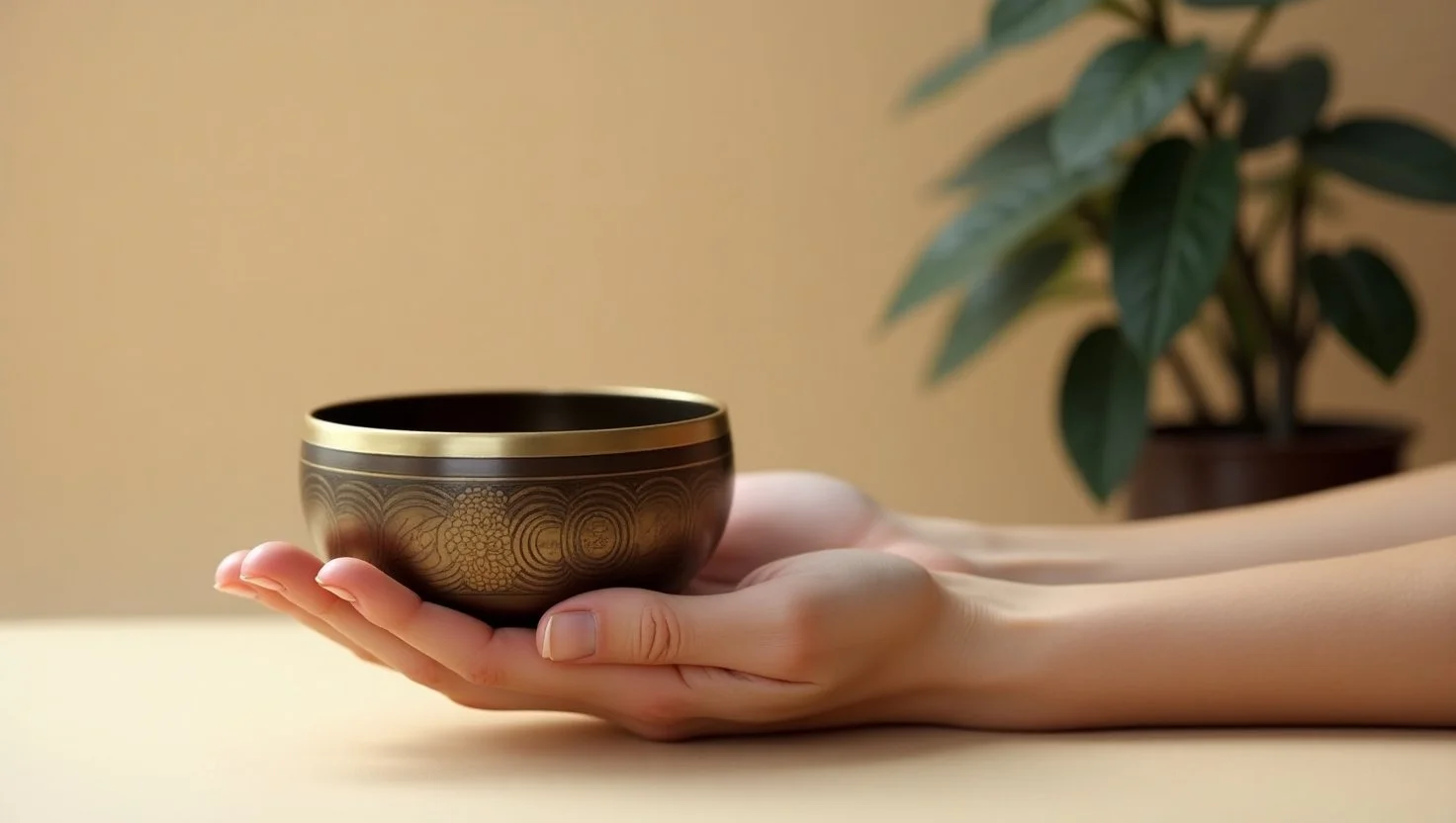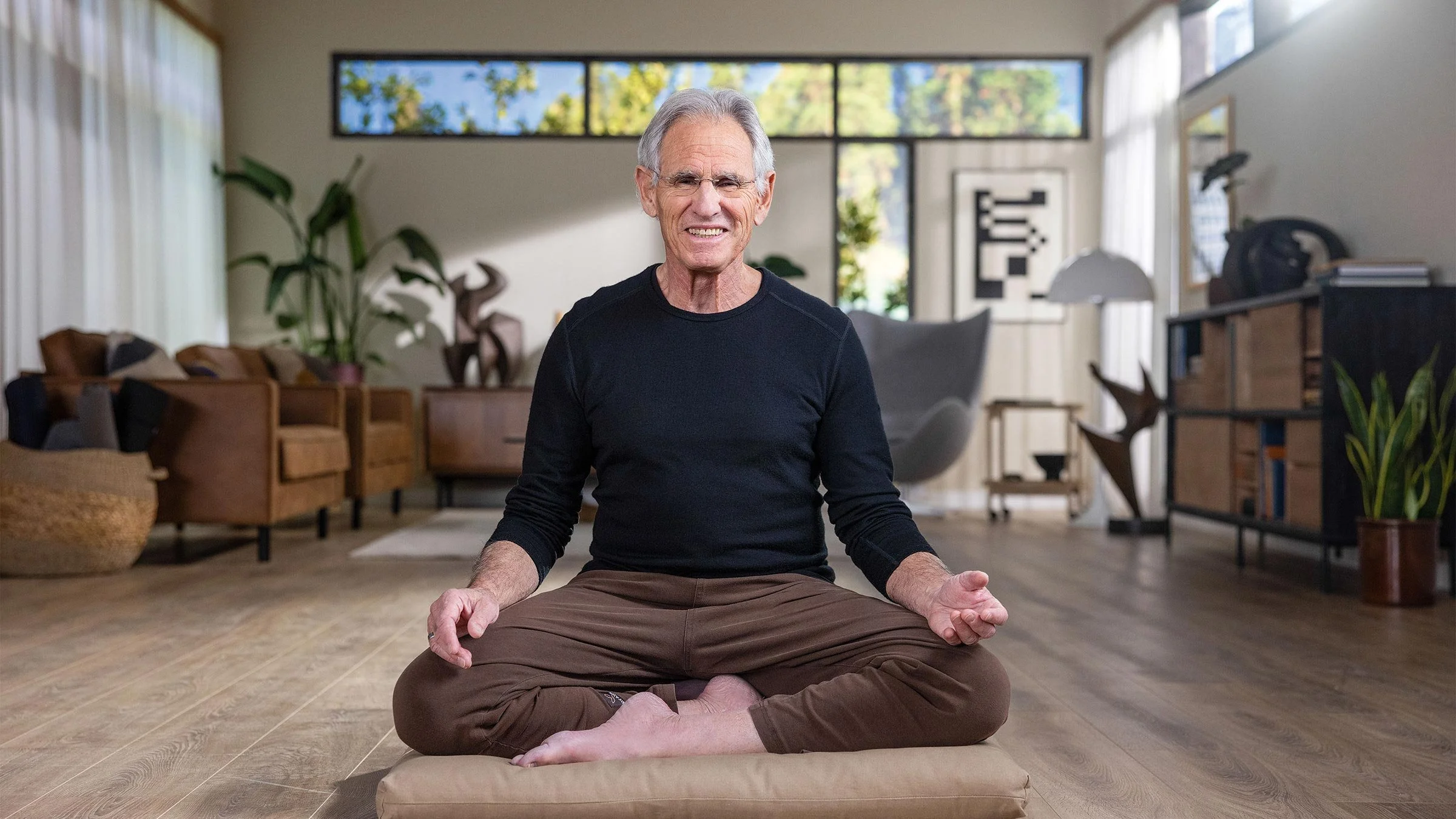10 Mindfulness Practices from Jon Kabat-Zinn
A Path of Presence, Compassion, and Coming Home
In a world that often pulls us out of the present moment, mindfulness is a profound return to the breath, to the body, to the sacred now.
Jon Kabat-Zinn is one of the foundational teachers who brought mindfulness to the West in a way that bridges science, medicine, and contemplative spirituality. He is the founder of Mindfulness-Based Stress Reduction (MBSR), a program that has helped countless people manage anxiety, pain, depression, and everyday overwhelm through the cultivation of non-judgmental awareness.
A longtime student of Zen Buddhism and vipassana (listen to my 8-minutes guided vipassana meditation here), Kabat-Zinn’s teachings draw deeply from the Buddhist tradition, yet he offers them in a way that’s accessible to people from all walks of life—spiritual or secular.
His practices echo the atmosphere of places like Spirit Rock Meditation Center in Northern California, a refuge for mindfulness practitioners and spiritual seekers alike. Spirit Rock carries the heartbeat of silence, sangha, and wisdom teachings—and Kabat-Zinn’s work honors this same spirit.
Here are 10 foundational mindfulness practices inspired by Jon Kabat-Zinn to help you cultivate presence, calm, and compassion.
1. Breath Awareness
The breath is the anchor—the gateway to now. Simply observe your inhalation and exhalation. Let the breath breathe you. Feel it enter the body like wind, and leave like a wave. When your mind wanders, gently return. Again, and again.
“The breath is the thread that tethers us to this moment.”
2. Body Scan Meditation
Lie down or sit comfortably. Bring awareness to each part of the body, from the toes to the crown of the head. Without judgment, notice sensation, numbness, warmth, pain, or energy. This cultivates deep listening and embodiment.
Not only that, but it gives one a direct experience of impermanence. By becoming the witness, we see that all is arising and passing away.
We cling to good sensations and feel aversion to difficult ones. But what if we can become the calm spacious lake just witnessing?
We begin to see that all sensations are impermanent. Through this practice, we see all of life is impermanent as well, and open the gates to greater equanimity through all of life’s gifts and challenges.
3. Walking Meditation
Slow your steps. Let each movement be an act of presence. Feel your feet touch the Earth. Breathe with the rhythm of your steps. You don’t need to arrive anywhere—this is the journey. Walking meditation invites us to experience life one step at a time.
For a more engaging walking experience, try walking meditation inside a labyrinth.
4. Loving-Kindness (Metta)
While not a primary focus of Kabat-Zinn’s MBSR, loving-kindness meditation complements mindfulness beautifully. Silently offer these phrases: May I be safe. May I be healthy. May I be at peace. Extend them to others—loved ones, strangers, even those who challenge you.
Listen to my 6-minutes guided Metta Meditation here.
5. Open Awareness (Choiceless Awareness)
Instead of focusing on one object (like the breath), open your attention to include all sensations, thoughts, and feelings as they arise. Allow them to move through you like weather passing through the sky. Be the witness.
6. Mindful Eating
Eat slowly. Notice the texture, flavor, color, and scent of your food. Tune into how your body receives nourishment. Bring gratitude to every bite. This transforms meals into sacred rituals of receiving.
7. Mindfulness in Daily Life
Kabat-Zinn teaches that every moment is an opportunity for mindfulness. Washing dishes. Driving. Holding a child. Listening. Let each act be done with full presence—bringing the sacred into the ordinary.
8. Noting and Naming Emotions
When strong emotions arise, gently name them: “Fear is here.” “Sadness is visiting.” This creates spaciousness between your awareness and the experience. You are not the storm—you are the sky that holds it.
9. Vipassana Sitting Meditation
Inspired by the practice the Buddha used to attain enlightenment, vipassana is similar to body scanning, but involves sitting in stillness and observing sensations, thoughts, and feelings as they arise. It’s about seeing clearly—not fixing, not judging. Moving through the body and just being.
Listen to my 20-minutes guided Vipassana Meditation here.
10. Letting Go
Kabat-Zinn reminds us that mindfulness is also about non-attachment. When thoughts and feelings arise, we don’t push them away, nor do we cling to them. We simply let them come, feel them … and let them go, like leaves floating down a stream.
Image Source
“You can’t stop the waves, but you can learn to surf.” — Jon Kabat-Zinn
A Living Practice
Mindfulness is not about becoming calm—it is about becoming present. It is not a technique, but a way of being in relationship with your life. Through Kabat-Zinn’s guidance, we remember how to return to the now… where healing happens, where insight arises, where life is lived.
You are already whole. Mindfulness simply reminds you.


